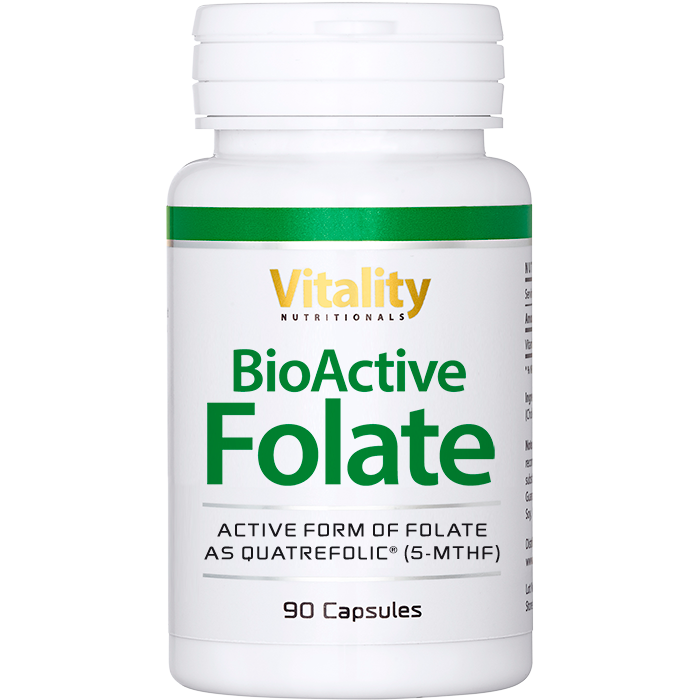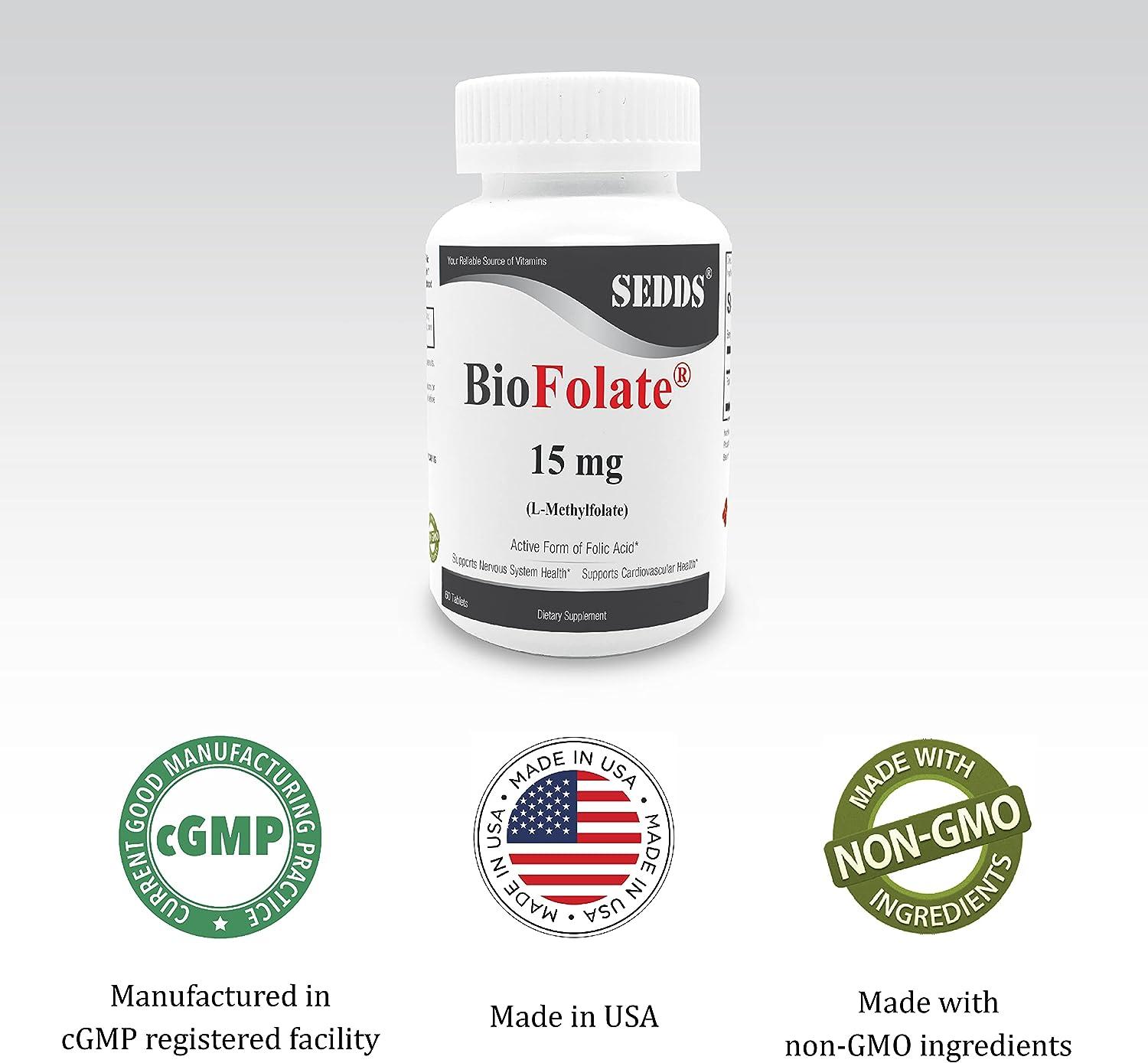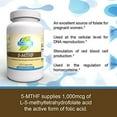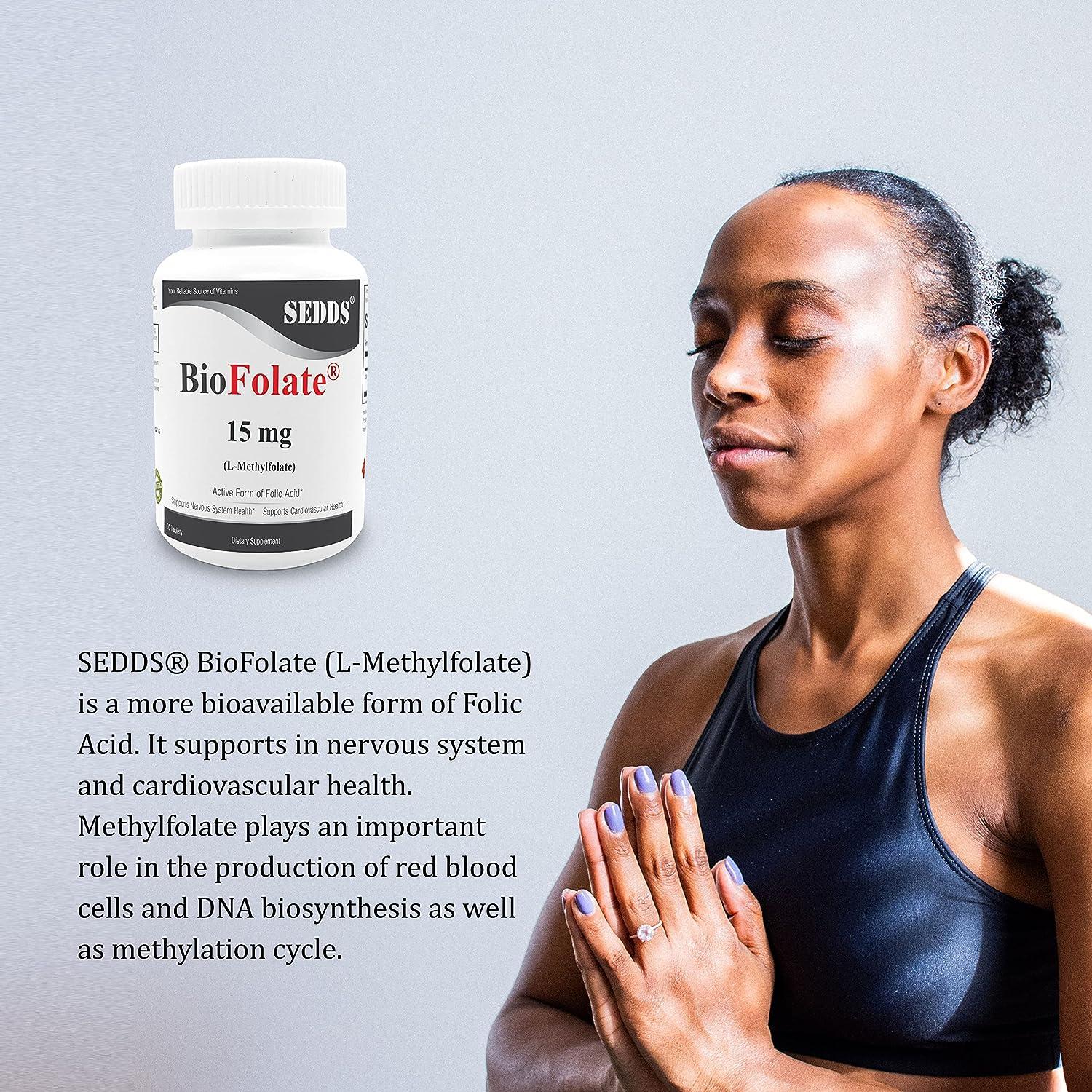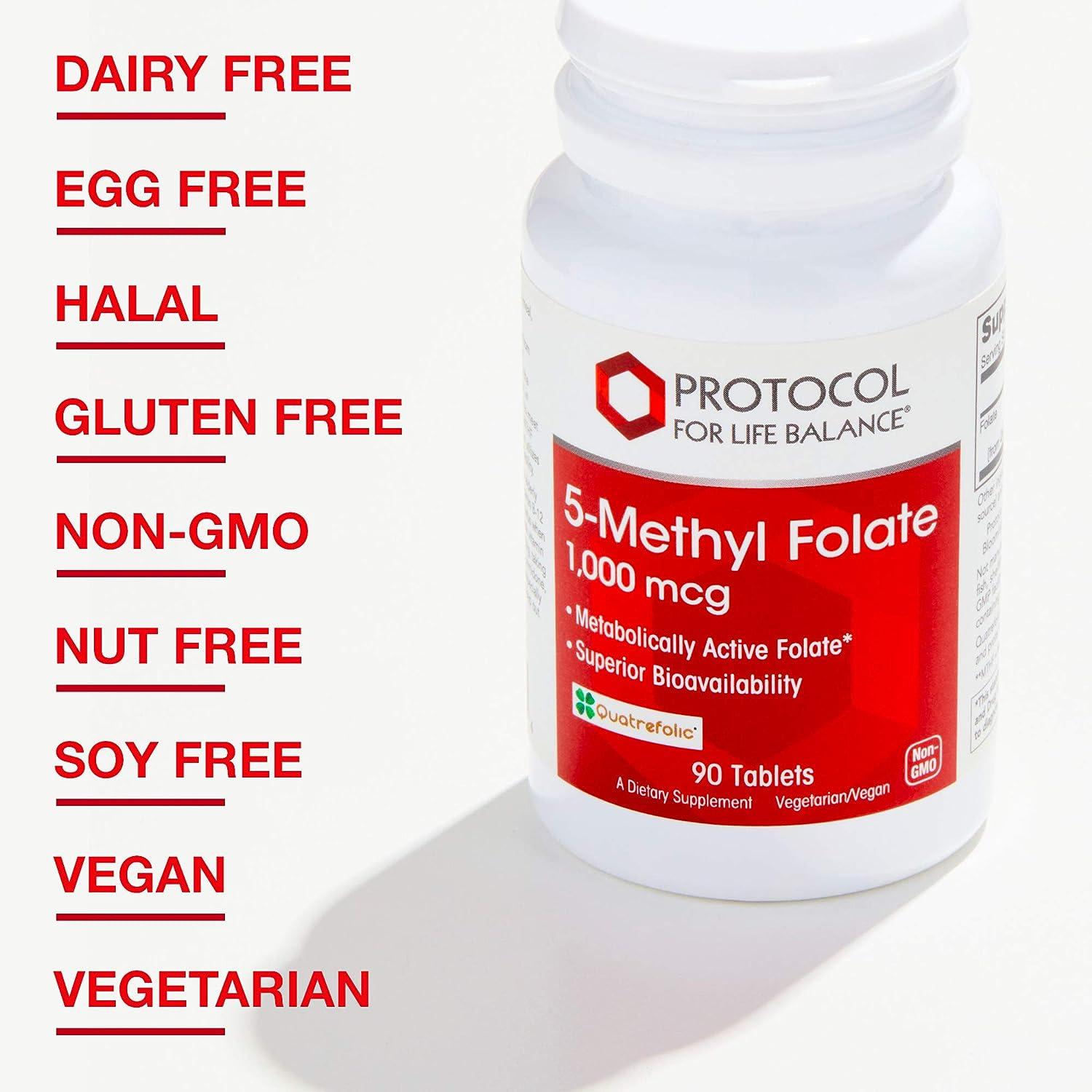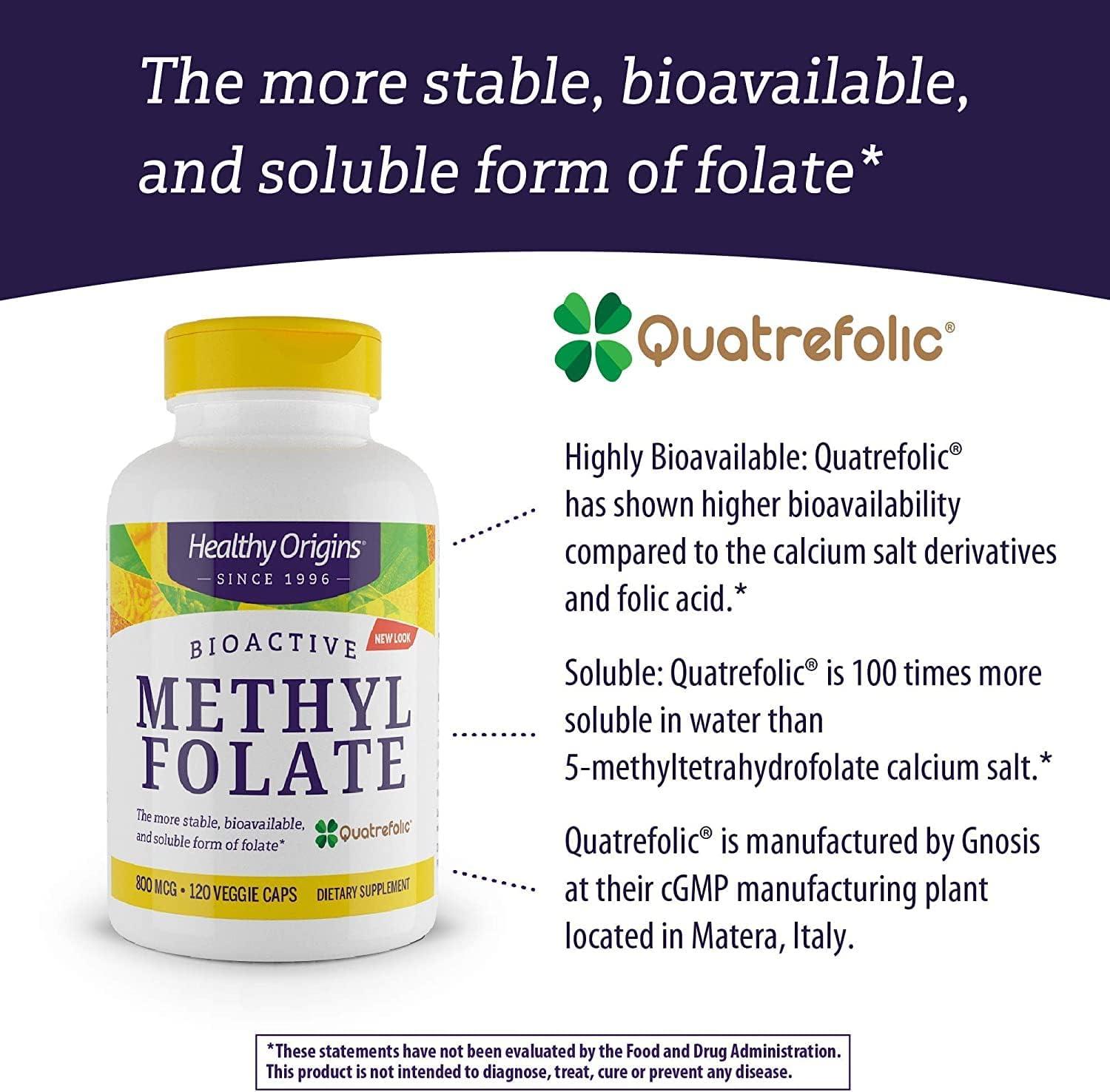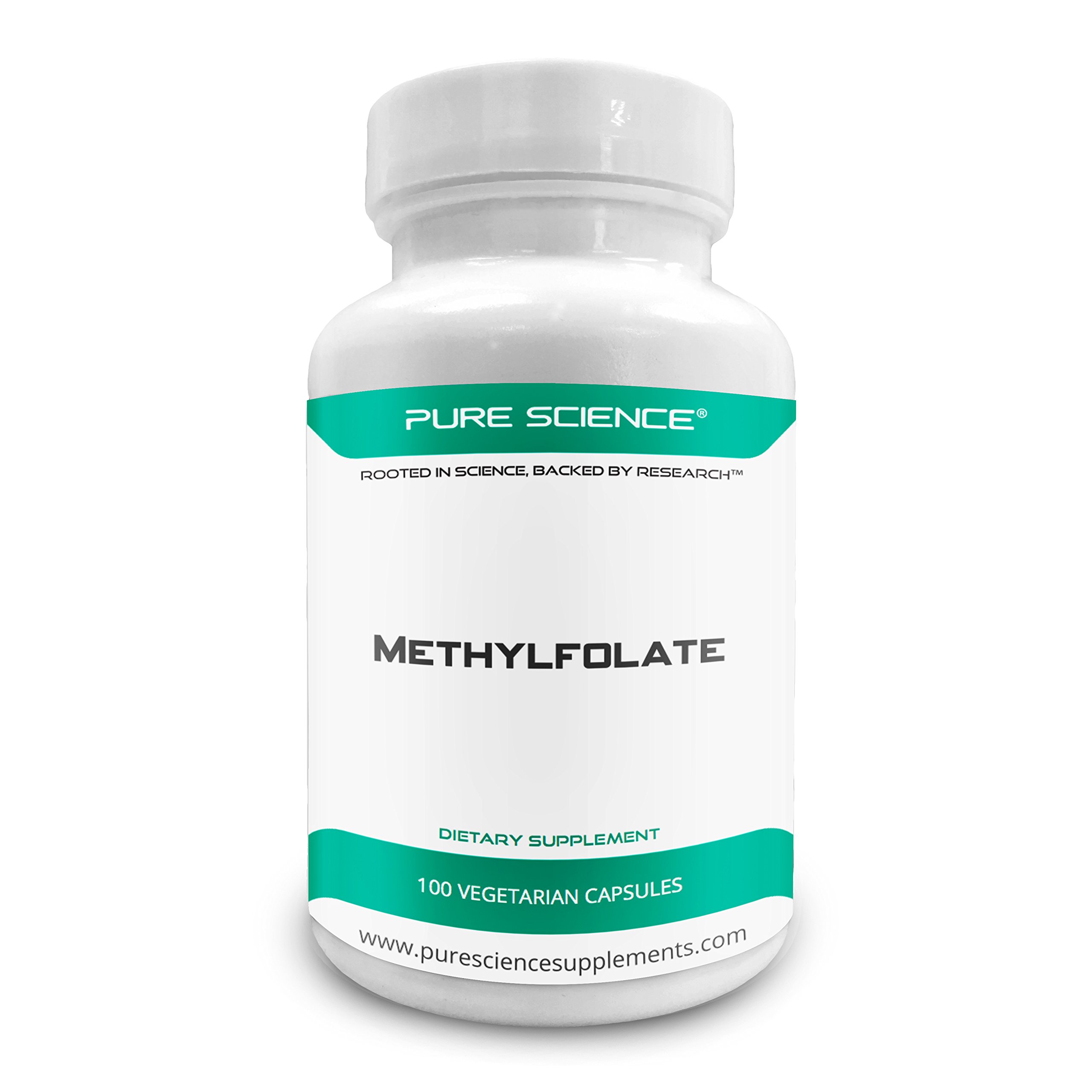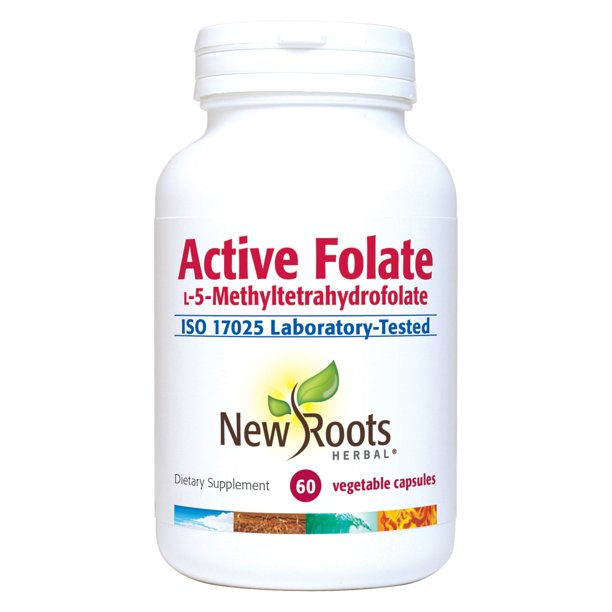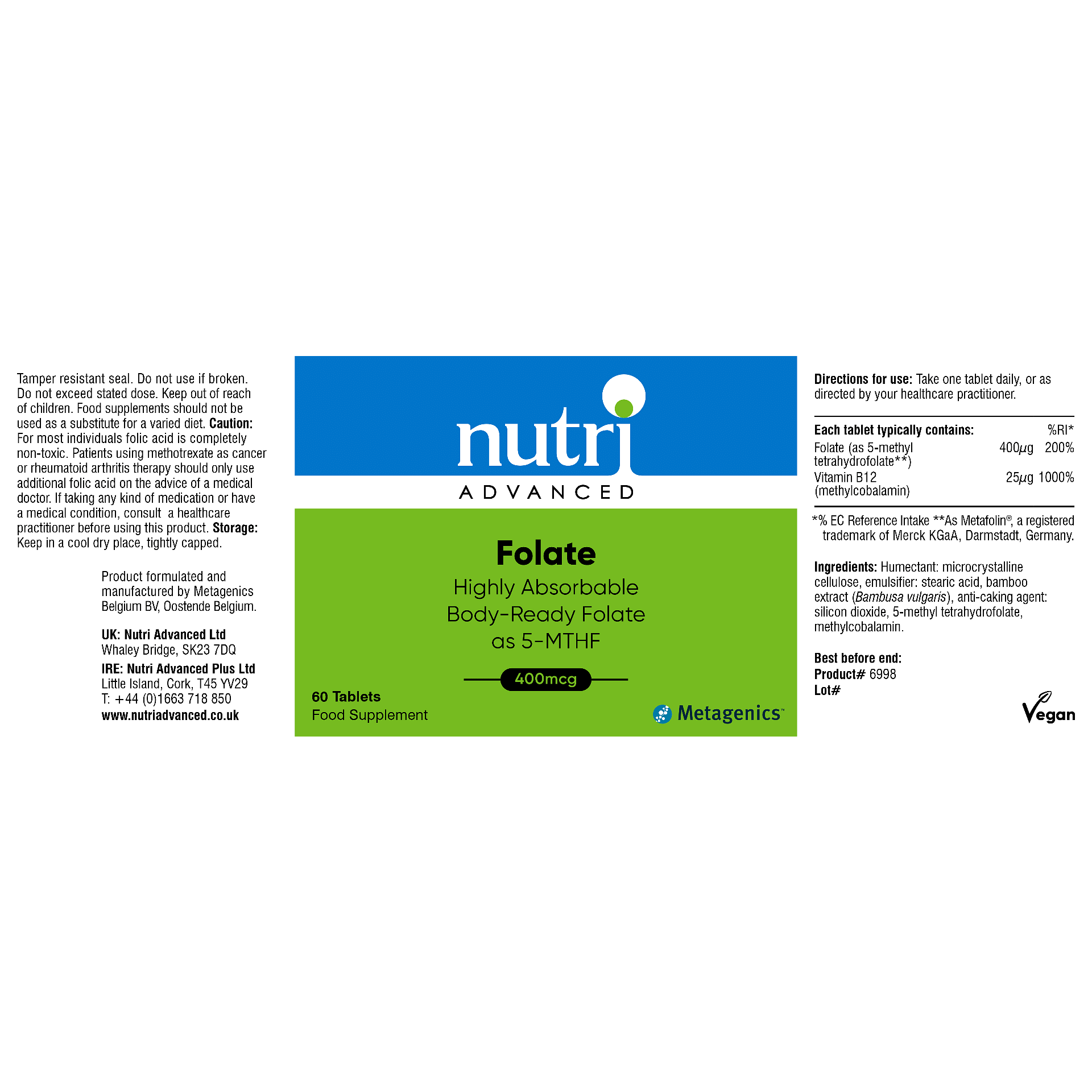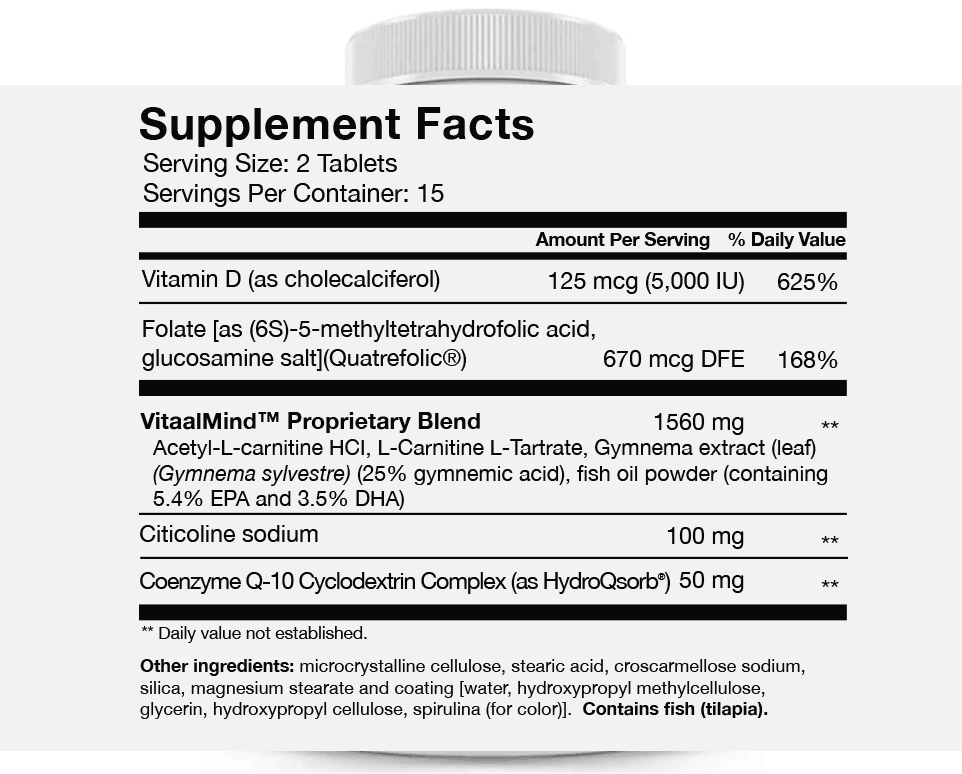Which Form Of Folate Is The Most Bioavailable
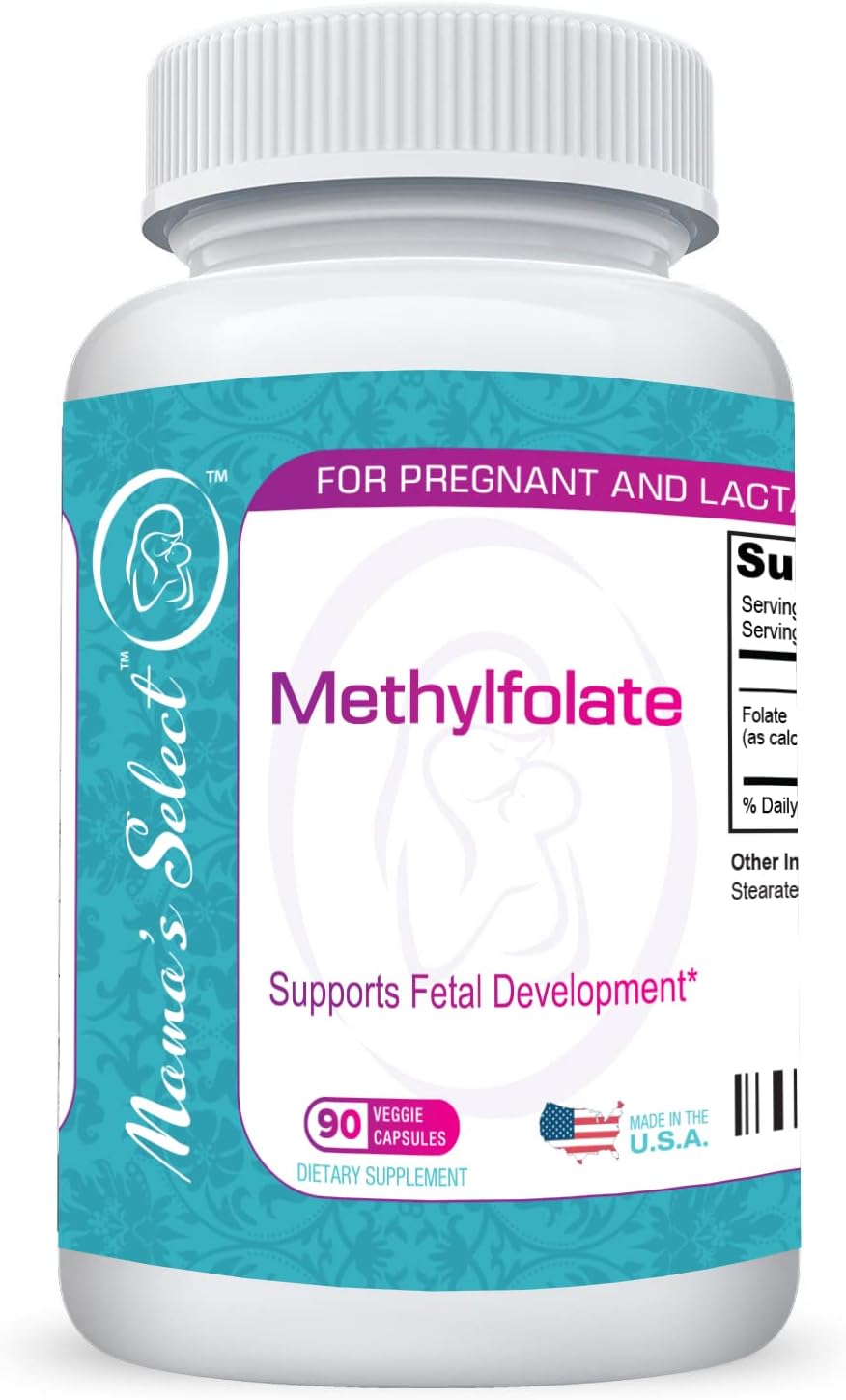
A crucial nutrient debate rages on: is all folate created equal? The answer, according to mounting evidence, is a resounding no, with implications for public health strategies and individual supplementation choices.
The bioavailability of folate, essential for cell growth and preventing neural tube defects, varies dramatically between its different forms. Understanding these differences is paramount to ensuring optimal folate status, particularly for pregnant women and individuals with specific genetic predispositions.
Folate Forms: A Quick Overview
Folate is a general term encompassing various forms of vitamin B9. These include folic acid, a synthetic form often found in fortified foods and supplements, and 5-methyltetrahydrofolate (5-MTHF), the primary bioactive form found in cells.
Food folate refers to the naturally occurring folates found in foods like leafy green vegetables, legumes, and fruits. However, these folates often exhibit lower bioavailability due to their complex structure and instability.
The Bioavailability Battle: 5-MTHF vs. Folic Acid
The central question: Which form reigns supreme in terms of bioavailability? Data from multiple studies point towards a clear winner: 5-MTHF.
Research indicates that folic acid requires enzymatic conversion into 5-MTHF within the body. This conversion process can be inefficient in some individuals, particularly those with genetic variations in the MTHFR gene (methylenetetrahydrofolate reductase).
Individuals with MTHFR gene polymorphisms may have reduced ability to convert folic acid into the usable 5-MTHF. This can lead to a buildup of unmetabolized folic acid and a deficiency in the active folate form.
Studies Highlight 5-MTHF Superiority
A study published in the American Journal of Clinical Nutrition demonstrated that 5-MTHF supplementation resulted in significantly higher folate concentrations in red blood cells compared to folic acid supplementation, especially in individuals with MTHFR polymorphisms.
Another research effort found that 5-MTHF is more readily absorbed and utilized by the body, bypassing the need for enzymatic conversion. This makes it a more reliable option for ensuring adequate folate status.
"5-MTHF represents a significant advancement in folate supplementation, offering enhanced bioavailability and bypassing potential metabolic bottlenecks," - Dr. Emily Carter, Lead Researcher, Nutrition Institute.
Furthermore, 5-MTHF is considered a safer option by some experts because unmetabolized folic acid in the bloodstream has been linked to potential health concerns, although more research is needed in this area.
Impact on Public Health and Supplementation
The implications of these findings are far-reaching. Public health guidelines may need to be revisited to emphasize the importance of 5-MTHF, particularly for vulnerable populations.
Pregnant women, individuals with MTHFR polymorphisms, and those with malabsorption issues may benefit significantly from choosing 5-MTHF supplements over traditional folic acid.
The move towards 5-MTHF fortification in food products is also gaining momentum, though regulatory changes take time. Manufacturers should consider this data.
Navigating the Supplement Aisle
Consumers should carefully read supplement labels and look for products containing 5-MTHF or its salt forms, such as calcium L-5-methyltetrahydrofolate or glucosamine salt of 5-methyltetrahydrofolate (Quatrefolic).
Consult with a healthcare professional or registered dietitian to determine the appropriate folate dosage and form based on individual needs and health status.
It's important to note that while 5-MTHF is generally considered safe, individuals with certain medical conditions should seek medical advice before starting supplementation.
Moving Forward: Research and Recommendations
Ongoing research continues to explore the long-term benefits and optimal dosages of 5-MTHF. More studies are needed to fully understand its impact on various health outcomes.
Health organizations are urged to update their guidelines to reflect the latest evidence regarding folate bioavailability and the advantages of 5-MTHF.
The shift towards 5-MTHF as the preferred folate form signifies a crucial step in optimizing nutrient intake and promoting overall health. Stay informed; stay healthy.

